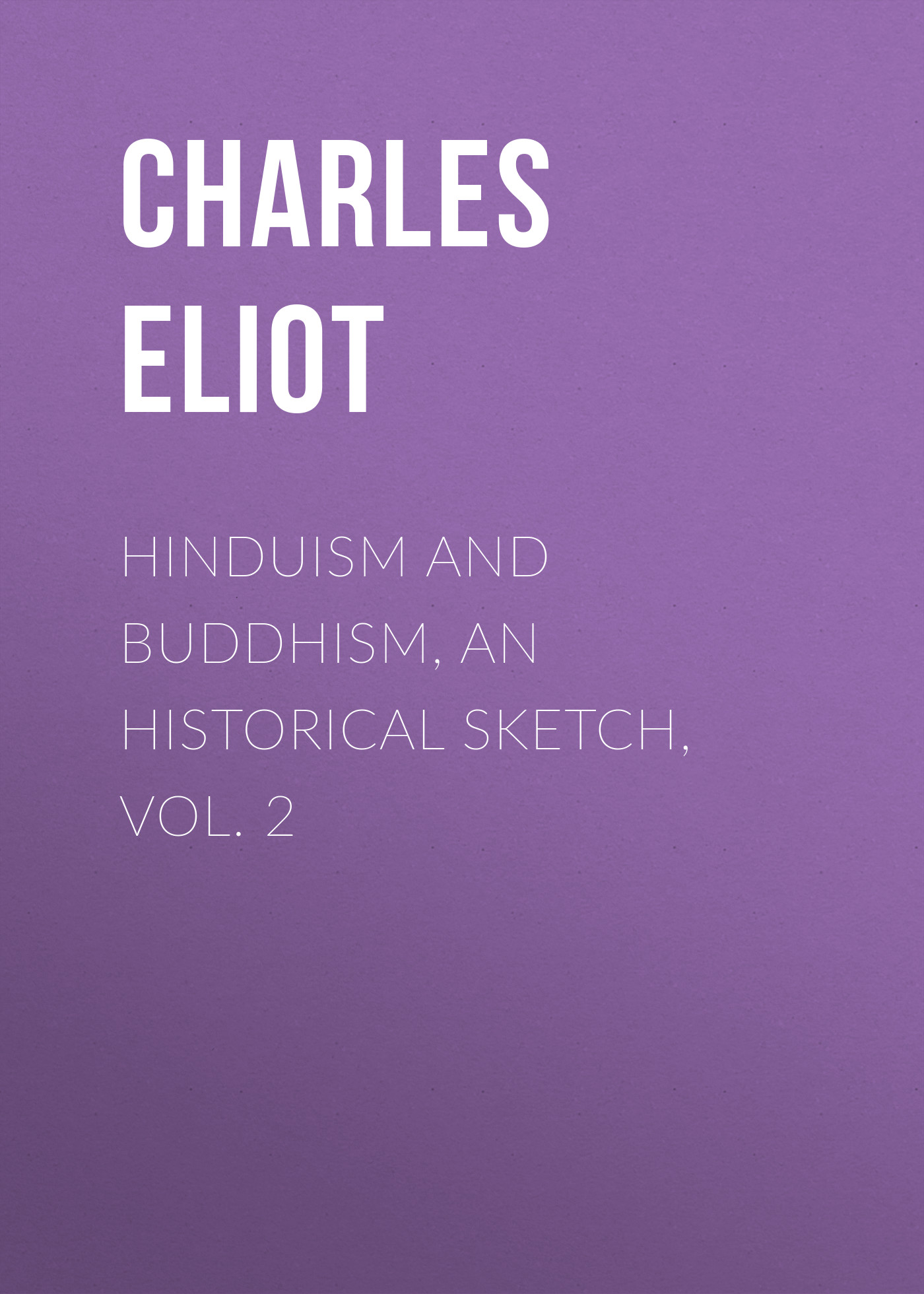the Sarvâstivâdins, to which school he did not belong. I-Ching classes him with Aśvaghosha and Aryadeva as belonging to the early period.
211
Râjataranginî, i. 173, 177.
212
Edited in the
213
The ascription of these works to Nâgârjuna is probably correct for they were translated by Kumârajîva who was sufficiently near him in date to be in touch with good tradition.
214
The name of this king, variously given as Udayana, Jetaka and Śâtavâhana, has not been identified with certainty from the various transcriptions and translations in the Chinese and Tibetan versions. See
215
For other works attributed to Nâgârjuna see Nanjio, Nos. 1169, 1179, 1180, 1186 and Walleser's introduction to
216
Nanjio, No. 1188.
217
The very confused legends about him suggest a comparison with the Dravidian legend of a devotee who tore out one of his eyes and offered it to Śiva. See Grünwedel,
218
Watters,
219
For Asanga and Vasubandhu see Péri in
220
Meghavarman. See V. Smith,
221
Two have been preserved in Sanskrit: the Mahâyâna-sûtrâlankâra (Ed. V. Transl., S. Lévi, 1907-1911) and the Bodhisattva-bhûmi (English summary in
222
Mahâyâna-sûtrâl. XVIII. 71-73. The ominous word
223
Vincent Smith,
224
But there are of course abundant Indian precedents, Brahmanical as well as Buddhist, for describing various degrees of sanctity or knowledge.
225
The wooden statues of Asanga and Vasubandhu preserved in the Kōfukaji at Nara are masterpieces of art but can hardly claim to be other than works of imagination. They date from about 800 A.D. See for an excellent reproduction Tajima's
226
See Eitel and Grünwedel, but I do not know in what texts this tradition is found. It is remarkable that Paramârtha's life (
227
On receiving a large donation he built three monasteries, one for Hinayanists, one for Mahayanists and one for nuns.
228
The work consists of 600 verses (Kârikâ) with a lengthy prose commentary (Bhâshya) by the author. The Sanskrit original is lost but translations have been preserved in Chinese (Nanjio, Nos. 1267, 1269, 1270) and Tibetan (see Cordier,
229
See Nanjio, pp. 371-2, for a list of his works translated into Chinese. Hsüan Chuang's account differs from the above (which is taken from Paramârtha) in details. He also tells a curious story that Vasubandhu promised to appear to his friends after death and ultimately did so, though he forgot his promise until people began to say he had gone to hell.
230
See Vasilief,
231
232
They are mentioned in the Sarva-darśana-saṅgraha.
233
Kern (
234
See Vasilief, pp. 301 ff. and various notices in Hsüan Chuang and Watters. Also de la Vallée Poussin's article in E.R.E.
235
Hsüan Chuang informs us that when he was in Śrughna he studied the Vibhâshâ of the Sautrântikas, but the precise significance of this term is not plain.
236
Fa-Hsien's
237
This figure is probably deduced from some artificial calculation of possible heresies like the 62 wrong views enumerated in the Brahma-Jala sûtra.
238
He must have lived in the fourth century as one of his works (Nanjio, 1243) was translated between 397 and 439.
239
Watters,
240
For the history of logic in India, see Vidyâbhusana's interesting work
241
Diṅnâga's principal works are the Pramâṇa-samuccaya and the Nyâya-praveśa. Hsüan Chuang calls him Ch'en-na. See Watters, II. 209. See Stcherbatskoi in
242
His personal name is said to have been P'u-ti-to-lo and his surname Ch'a-ti-li. The latter is probably a corruption of Kshatriya. Hsiang-Chih possibly represents a name beginning with Gandha, but I can neither find nor suggest any identification.
243
See
